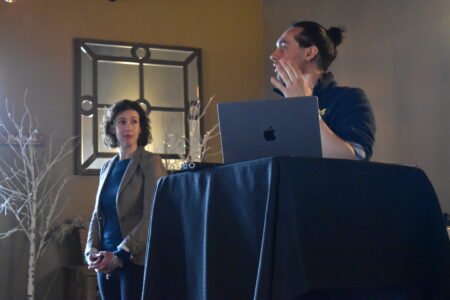The condition Blacks found themselves in during the 1980s
Editor’s note: This story is the sixth in a series looking at racial disparity in Michigan. This is also the first of a two-part look at how drugs became pervasive in Detroit in the mid-to-late 1980s.
The late 1980s and 1990s was a very tumultuous time in Detroit, also known as America’s Motor City. Drugs made an insidious entrance through rarely exposed means, and the social climate continued to change as more and more industrial jobs left the city.
In Rockin’ in Time: A Social History of Rock and Roll, David Szatmary, an American music historian, outlined the social and economic crisis faced by inner-city Blacks. Szatmary stated that, “By 1987, more than 34% of African American teens were unemployed, compared to 17% of white teens; more than 21% of African Americans between the ages of 20 and 24 could not find jobs, compared to less than 10% of their white counterparts.”
“Five years later, nearly 40% of African-American teens and 24% of African Americans in their early twenties found themselves on the unemployment rolls,” Szatmary continued.
Unfair housing, poor public transportation, and unfair hiring practices all contributed to the disproportionate Black unemployment rates.
The late 1980s and 1990s also saw an influx of drug activity in America’s major cities. Szatmary explains that the development of a new drug called crack began in 1974, which was a mixture of cocaine and ether.
“The drug became increasingly inexpensive when the U.S. Government under Ronald Reagan allowed military operatives to help Contra counter-revolutionaries in Nicaragua smuggle the drug int large American metropolitan areas in exchange for Contras cooperation in selling weapons to Iran,” Szatmary explained. “By the 1980s, crack had become an epidemic in the inner cities.”
“When a n***** sells drugs around here, he ain’t selling for no big thing, ’cause his family is starving, he’s starving, so he’s gotta make some kind of move to get what he can get, and I mean dope [crack] is the most popular and quickest way he can get money,” said OMB, a rapper from New York.
Rap and Hip Hop began as an expression, a form of ballad about the plight and hardships faced by African Americans.
“Rap music arose from and helped shape the African-American desperation in the inner-cities, many times decrying poverty, drugs, and gang-inspired violence,” Szatmary said.
“We not living no American dream,” a rapper called Kam, said. “We in a nightmare. Like I said, this is hell for us. Anything else would be an improvement.”




